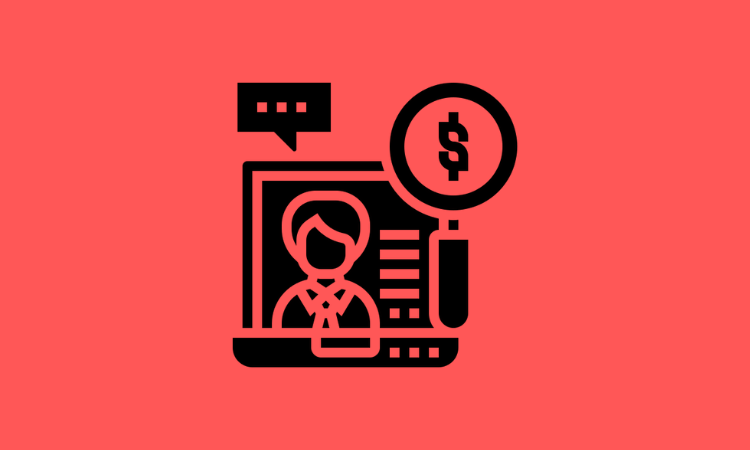Member Exclusive, Podcasts
‘A payment flow is a payment flow’: Finastra’s Paul Thomalla on the competitiveness of small banks in payments
- Big banks have the money and resources to build digital payment hubs.
- Finastra's Payments to Go wants to bring these came capabilities to the other 99% of banks.








